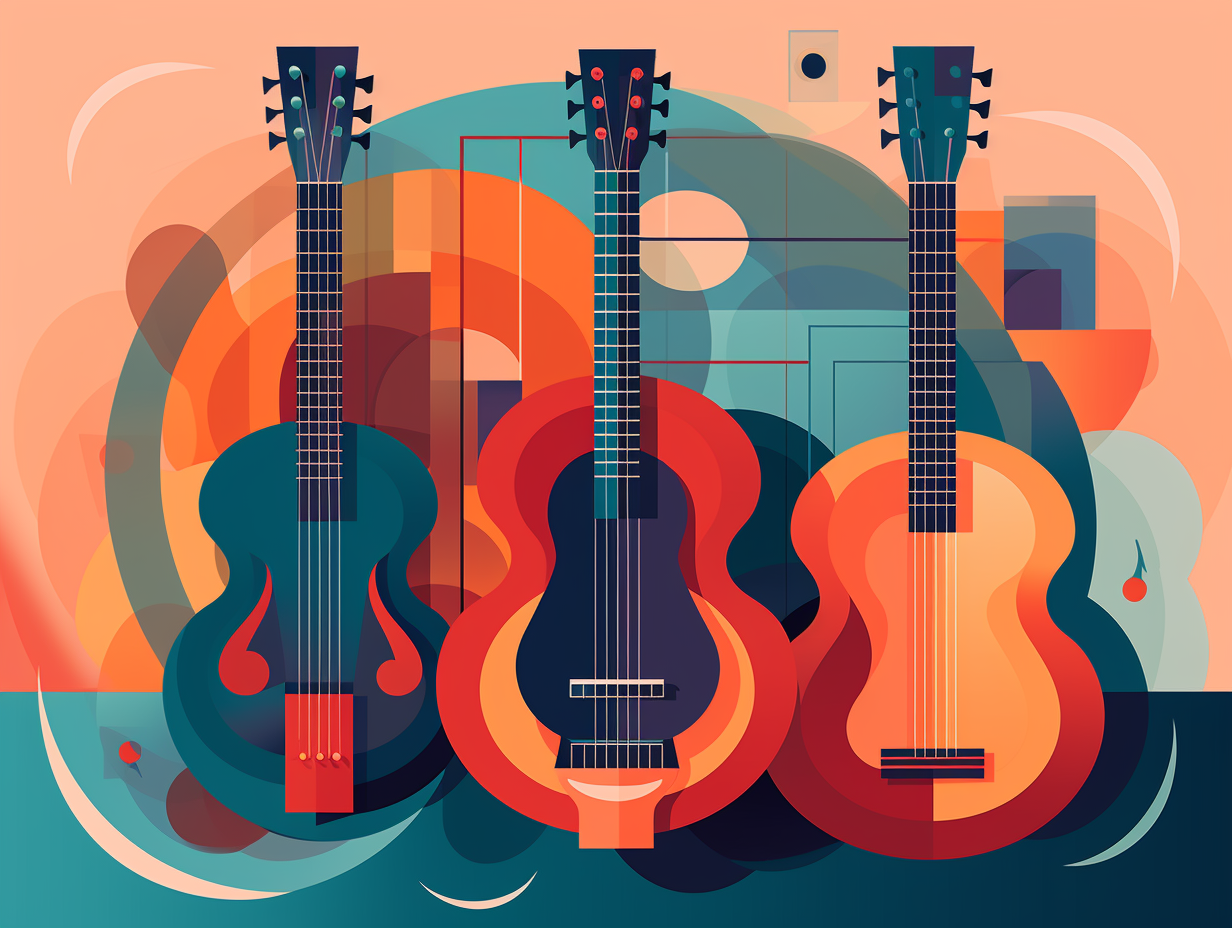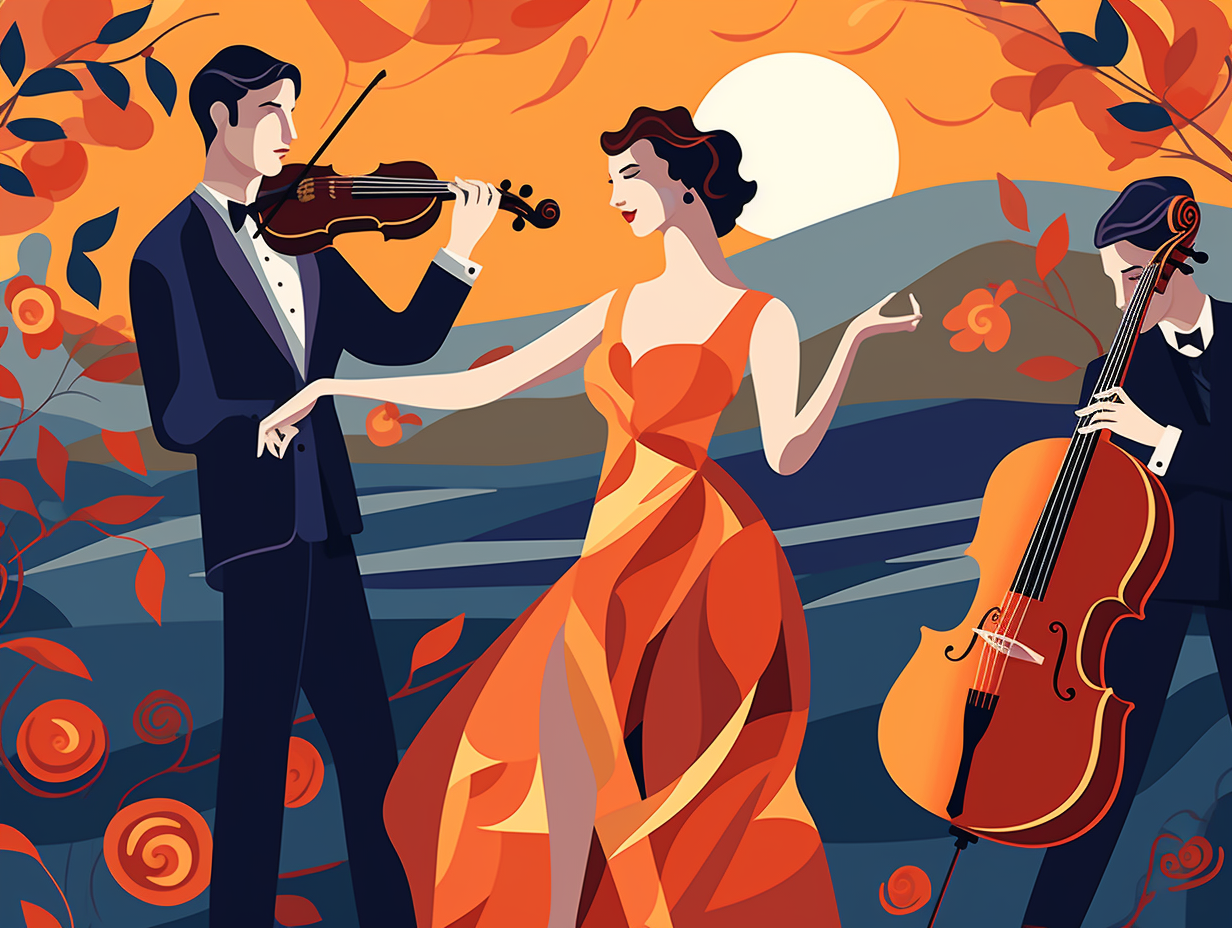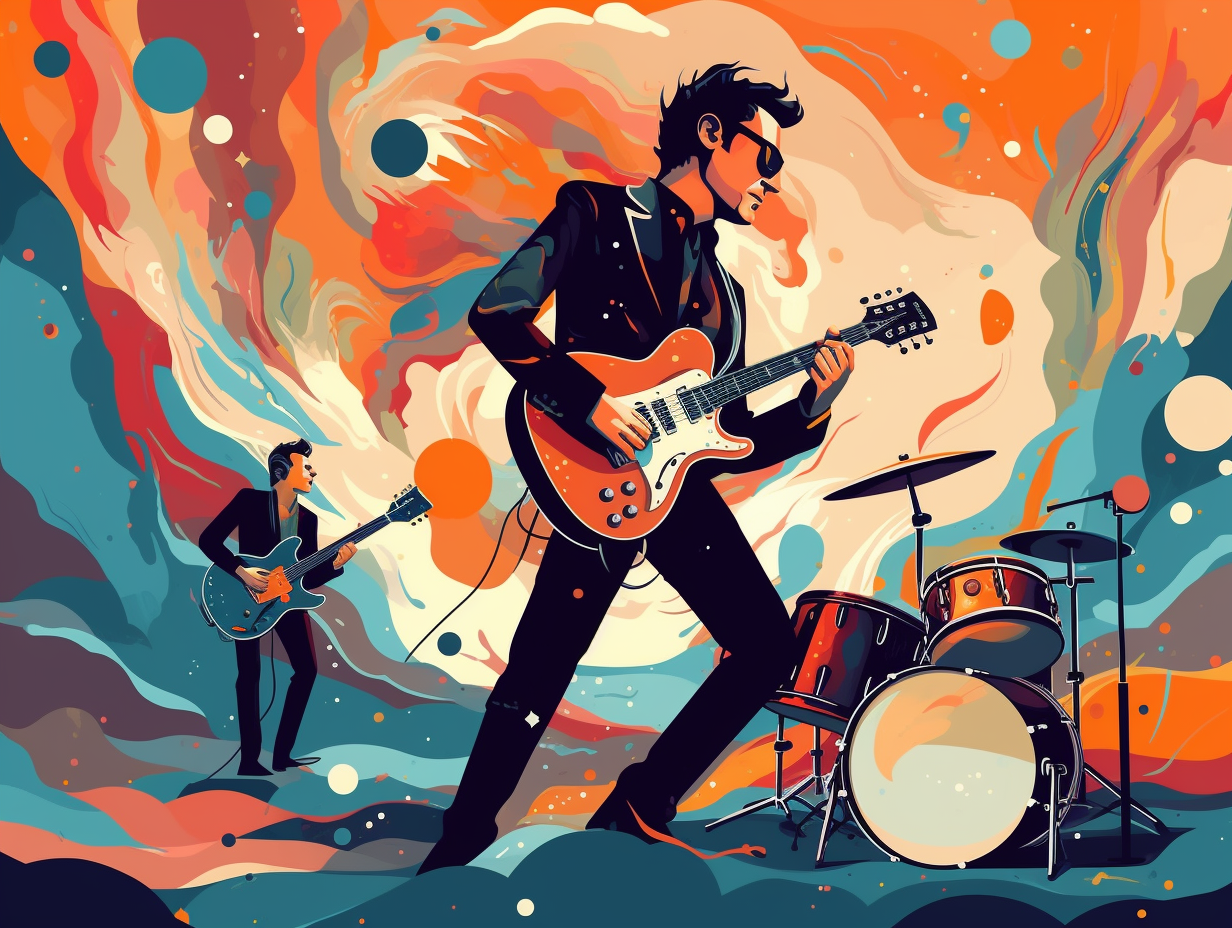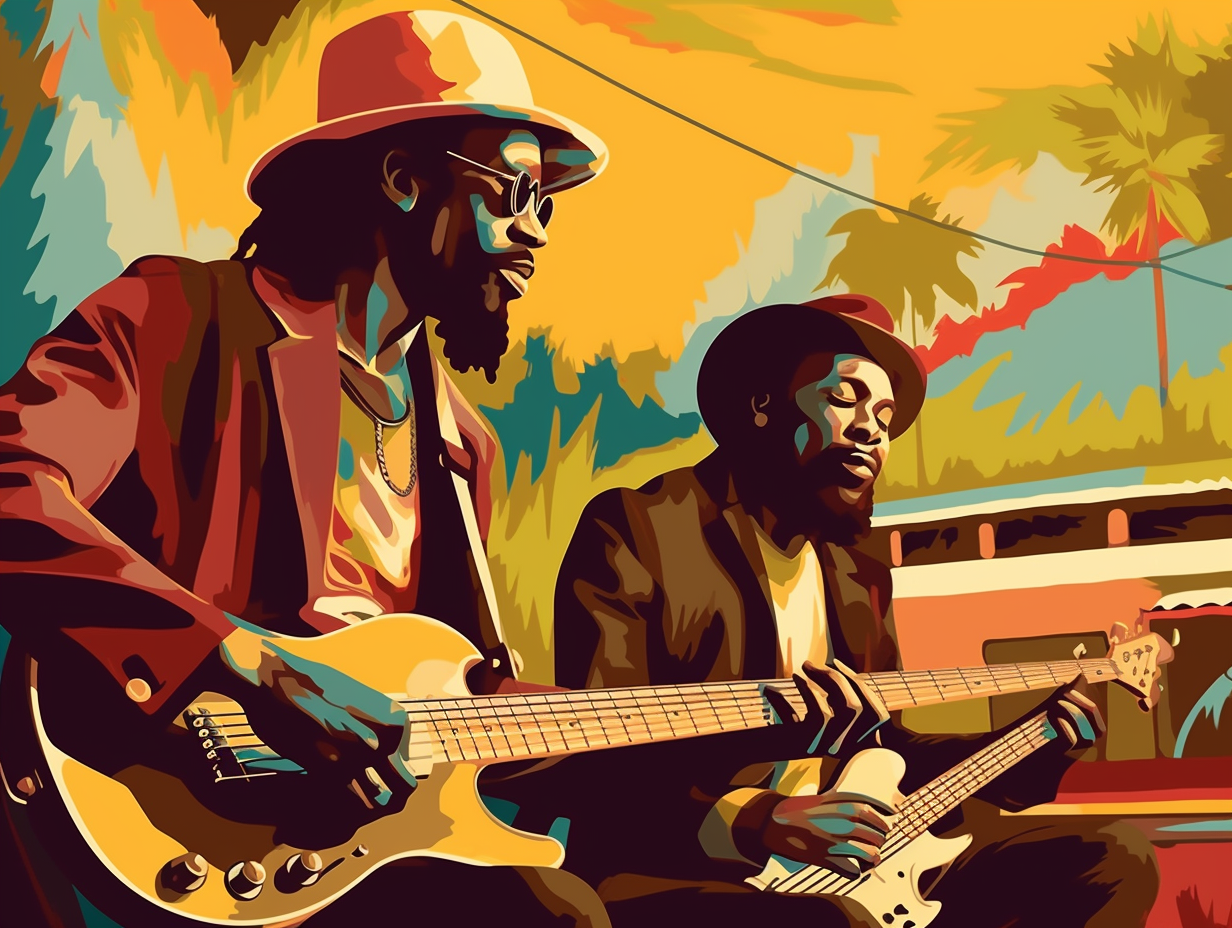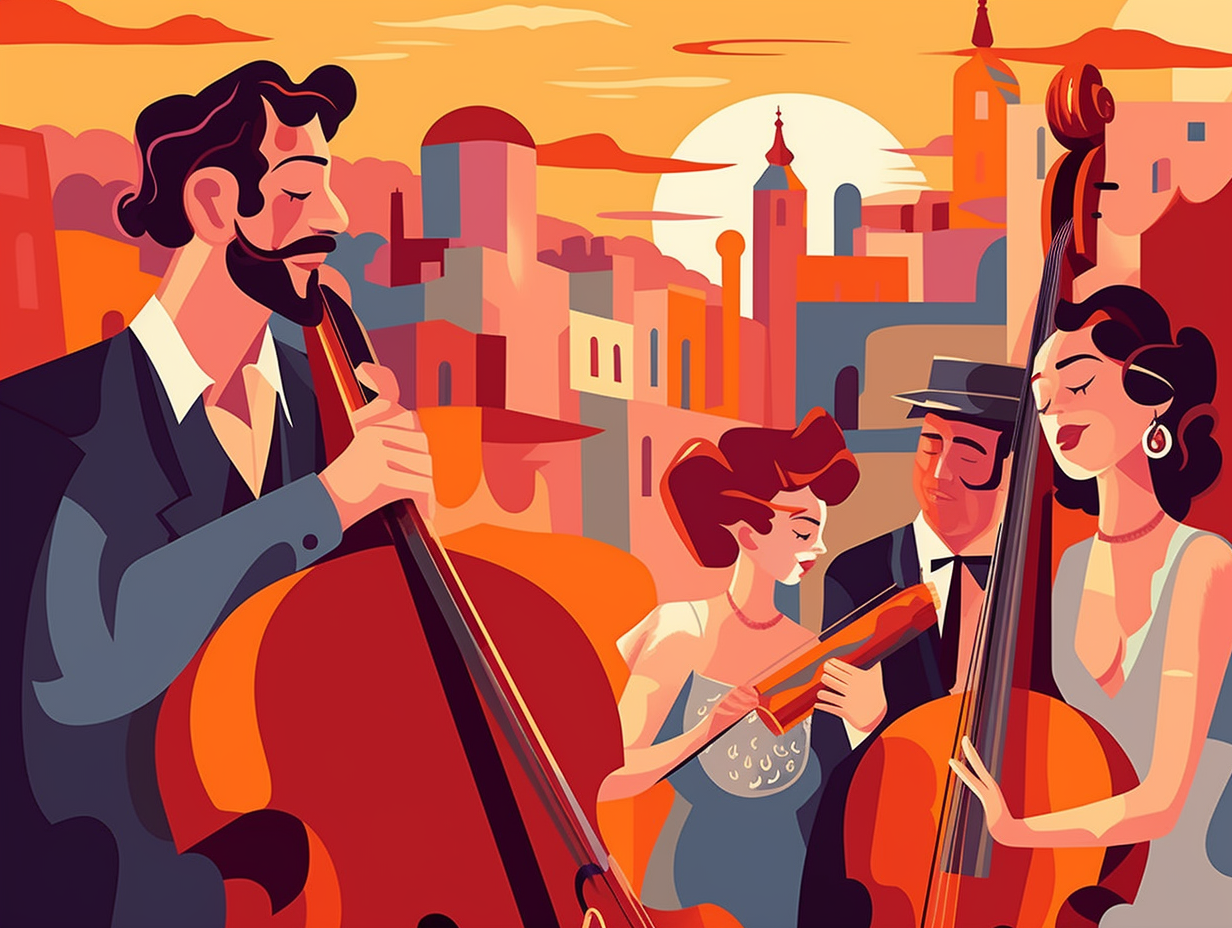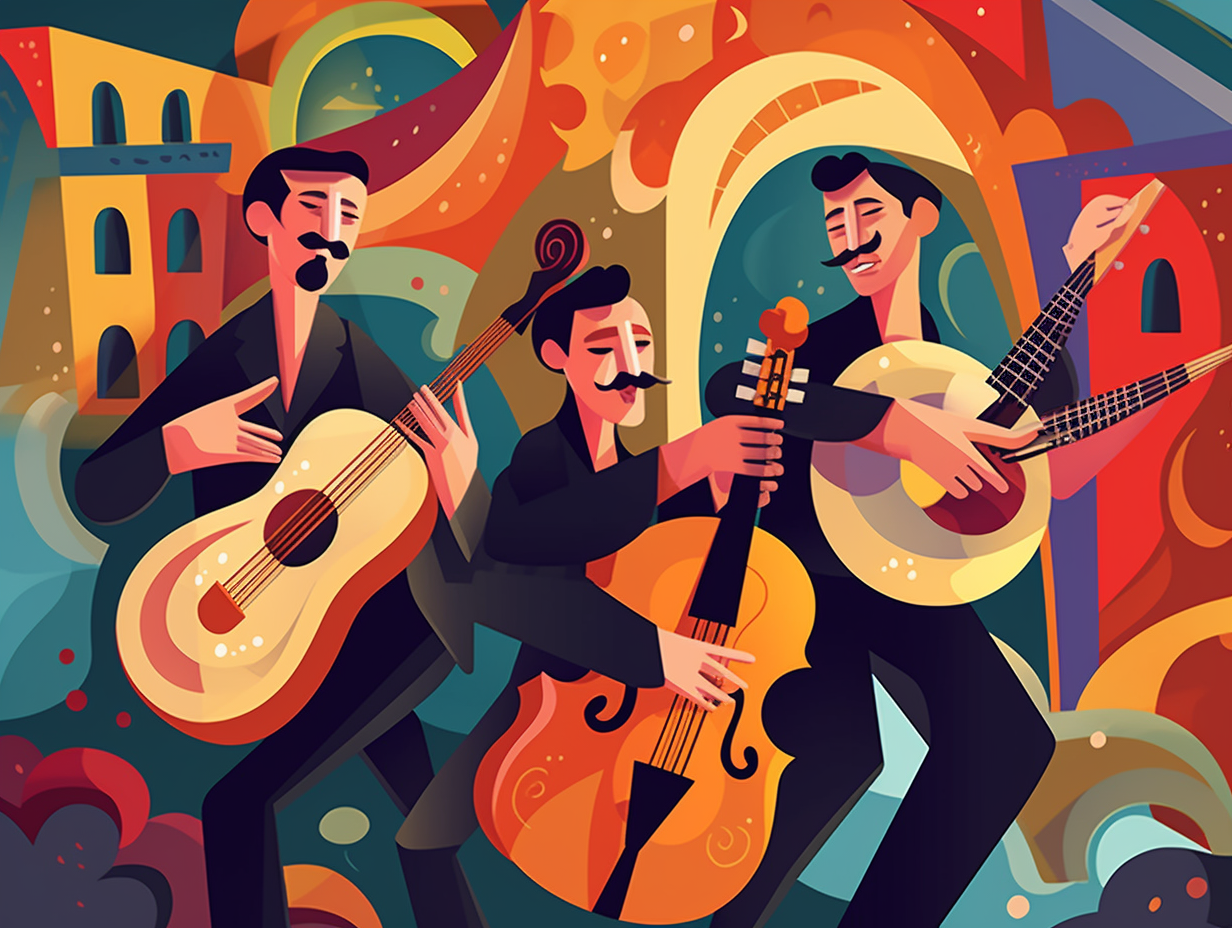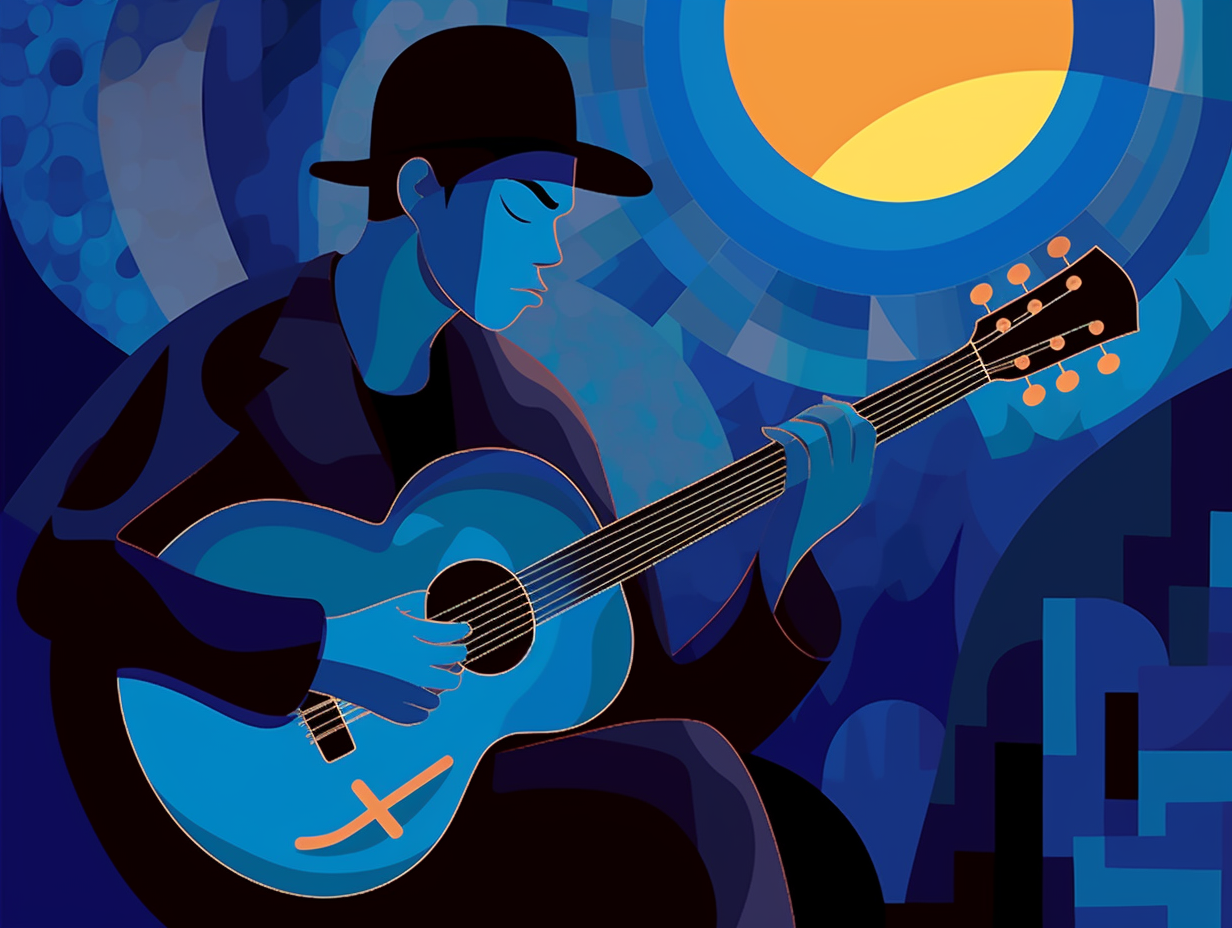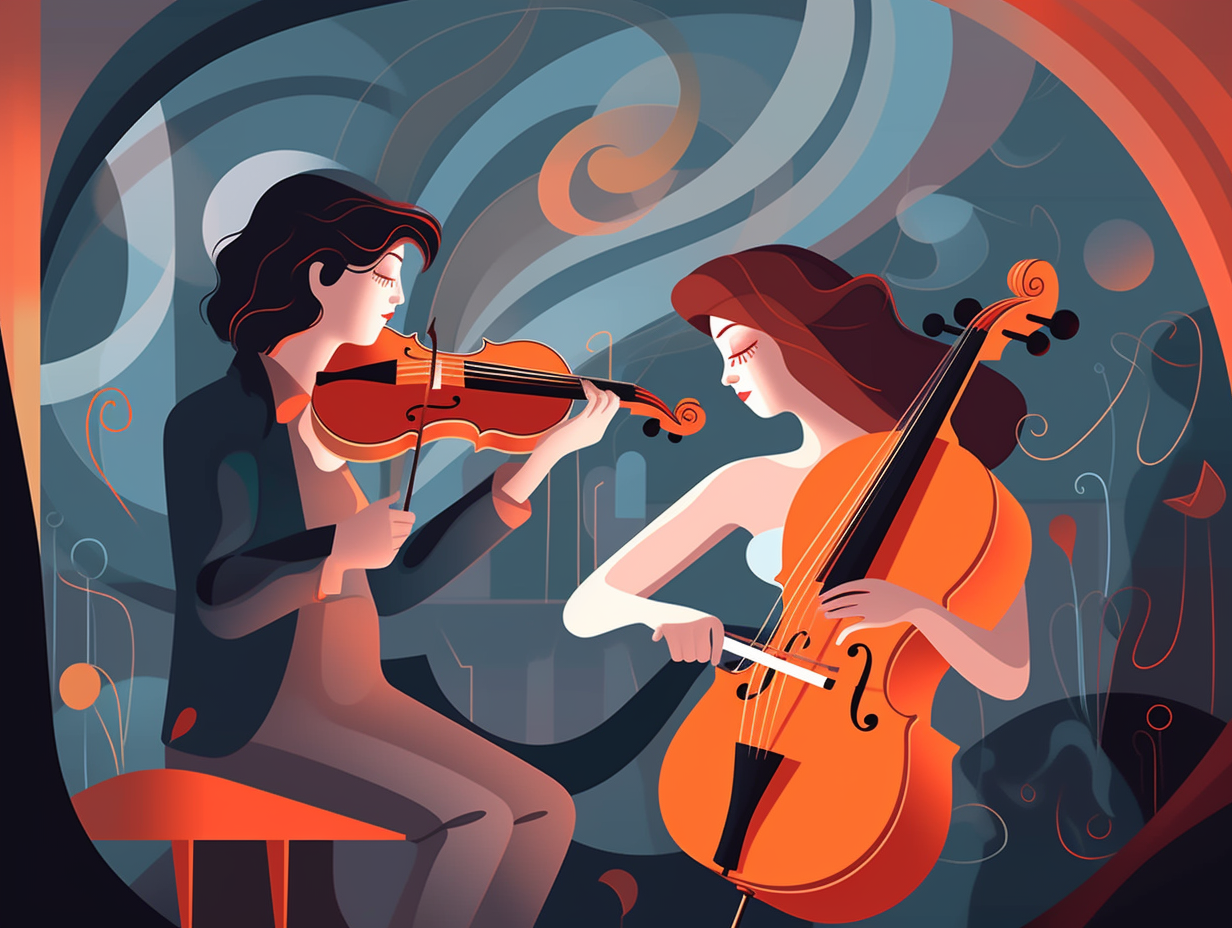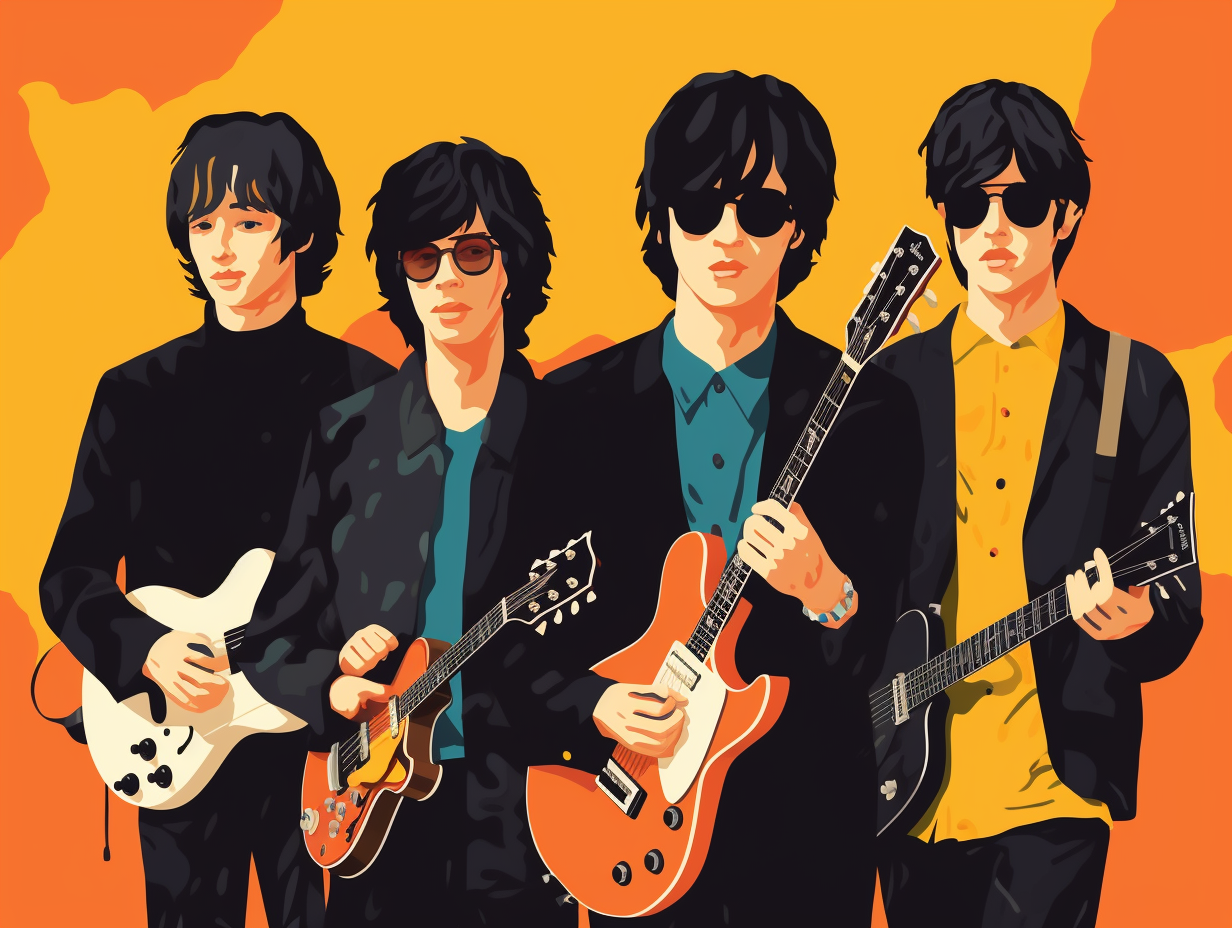Striking a Chord: Top 12 Amazing Fun Facts About the Harp You Never Knew!
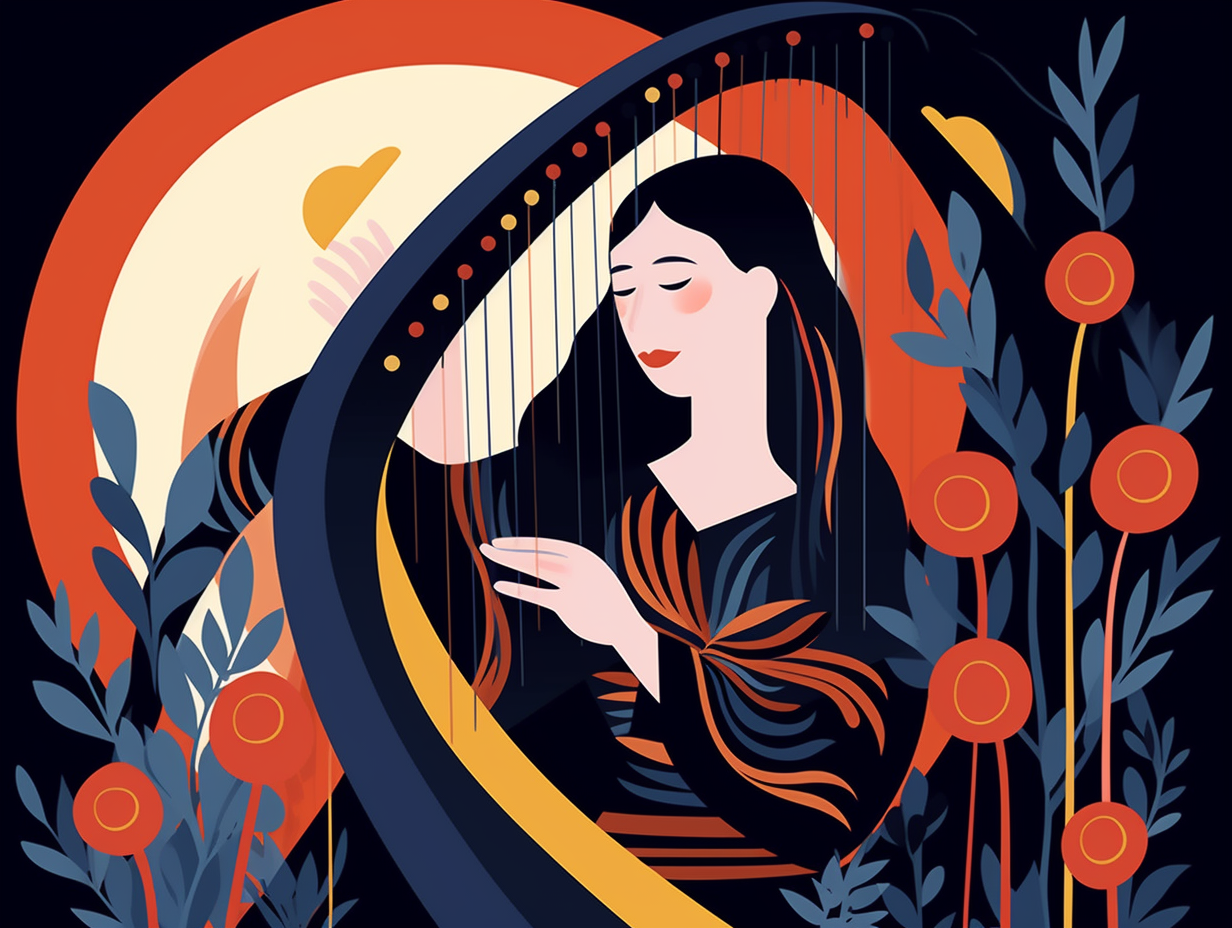
1. Zeus's Dream Harp
If Zeus himself were to swoop down from Mount Olympus in search of the perfect harp for his next melodious jam session, the Salvi Apollo harp would be his divine choice: The godly instrument boasts 47 strings, weighs 90 lbs, stands tall at an imposing 73 3/4" height, and showcases a Fiemme Valley red spruce soundboard, making it not only majestic in appearance but also heavenly in sound and performance.
Source => harp.com
2. Stone Age Rock Stars
Back in the musical Stone Age, when history was strumming its way into tune: the earliest harps originated in Mesopotamia and Iran around 3300-3000 B.C, evolving from the musical bow. Images of these prehistoric string instruments can be found on a 3300-3100 B.C cylinder seal from Iran, and on an engraved paving stone in Canaan, making them the ancient rock stars of the harp world.
Source => en.wikipedia.org

Did you know that the mysterious "Neanderthal flutes" might actually be the result of hyenas munching on cave bear bones? Discover the fascinating story behind these ancient "instruments"!
=> Fun Facts about The-Flute
3. Deceptive "Jew's Harp"
Beware the deceptive name: the "Jew's harp" will neither guide you to the Promised Land nor accompany a klezmer band! In reality, this strangely-named instrument dates back to at least the 3rd century BCE in China, with its true origins found in the curved bones discovered at the ancient Shimao fortifications. Played by holding the frame against one's parted teeth or lips and tweaking its flexible tongue, this versatile little music-maker can produce a wide range of melodies and has been used in everything from Indian classical tunes, Austrian folk songs, and even some rockin' country jams.
Source => en.wikipedia.org
4. Harpist Skincare Tips
Spare the nail polish, save the fingers: To avoid blisters and calluses while playing the harp, it's recommended to start with short practice sessions and wait at least 5-10 minutes after washing your hands, allowing your skin to regenerate its chemical barrier and develop a thin callus on your fingertips for extra resistance.
Source => zuzanna-harpist.com

5. King David's Majestic Harp
Before King David became the OG of harp influencers, strumming his way through the 'Gram with furrowed brows and fingers flying: The iconic harpist actually played a larger harp with gut strings and a wooden frame, instead of the commonly depicted small hand-held lyre. This majestic instrument was a symbol of cosmic harmony and a staple of royalty, with medieval kings courting skilled harpists to serenade their courts.
Source => earlymusicmuse.com
6. Electric Harps' Shocking Debut
Before the electric guitar had its chance to say, "Hello, world!", the harp decided to follow in its footsteps and jolt the music scene with amplified charisma: Solid-body electric harps have been in existence since the 1970s-80s, invented by musicians like Alan Stivell and Rudiger Oppermann, and require amplification to be played as they come in both lever and pedal models, with notable performers including Deborah Henson-Conant and Andreas Vollenweider.
Source => en.wikipedia.org
7. Featherweight Harp Marvels
Whoever said "Harp-ing on about something" was a bad thing never met these lightweight dreamboats: Heartland Harps in North Carolina constructs featherweight lever and pedal harps using carbon fiber composite materials, weighing a mere 4-5 kg for lever harps and 17 kg for pedal harps—unlike traditional wooden ones which can weigh a staggering 50 kg. With their top-notch durability and quality sound, these portable marvels have harpists strumming their way to bliss.
Source => compositesworld.com
8. Earth-Harping Around the World
Who says size doesn't matter? In the world of harps, it's a big deal: Enter the Earth Harp, a colossal creation by artist William Close, which holds the Guinness World Record for the longest stringed instrument. With strings shooting to the top of buildings and turning them into the instrument's bridge and resonating chamber, this architectural and musical wonder takes two days to tune and can play four notes per string. The Earth Harp has serenaded audiences all around the globe, from Singapore to Shanghai to Portugal.
Source => latimes.com
9. Ireland's Coin-Stealing Harp
If you've ever been green with envy over Ireland's iconic harp, you're not alone – those plucky strings have been stealing hearts and wallets since ye olde times: The symbol of Ireland since medieval days, the harp holds a special place on the country's coat of arms, passports, and even coins. However, modern Irish currency hasn't actually sported a harp since the 16th century, opting instead to feature an image of the Celtic harp alongside the word "Éire" and various animal or bird designs.
Source => en.wikipedia.org
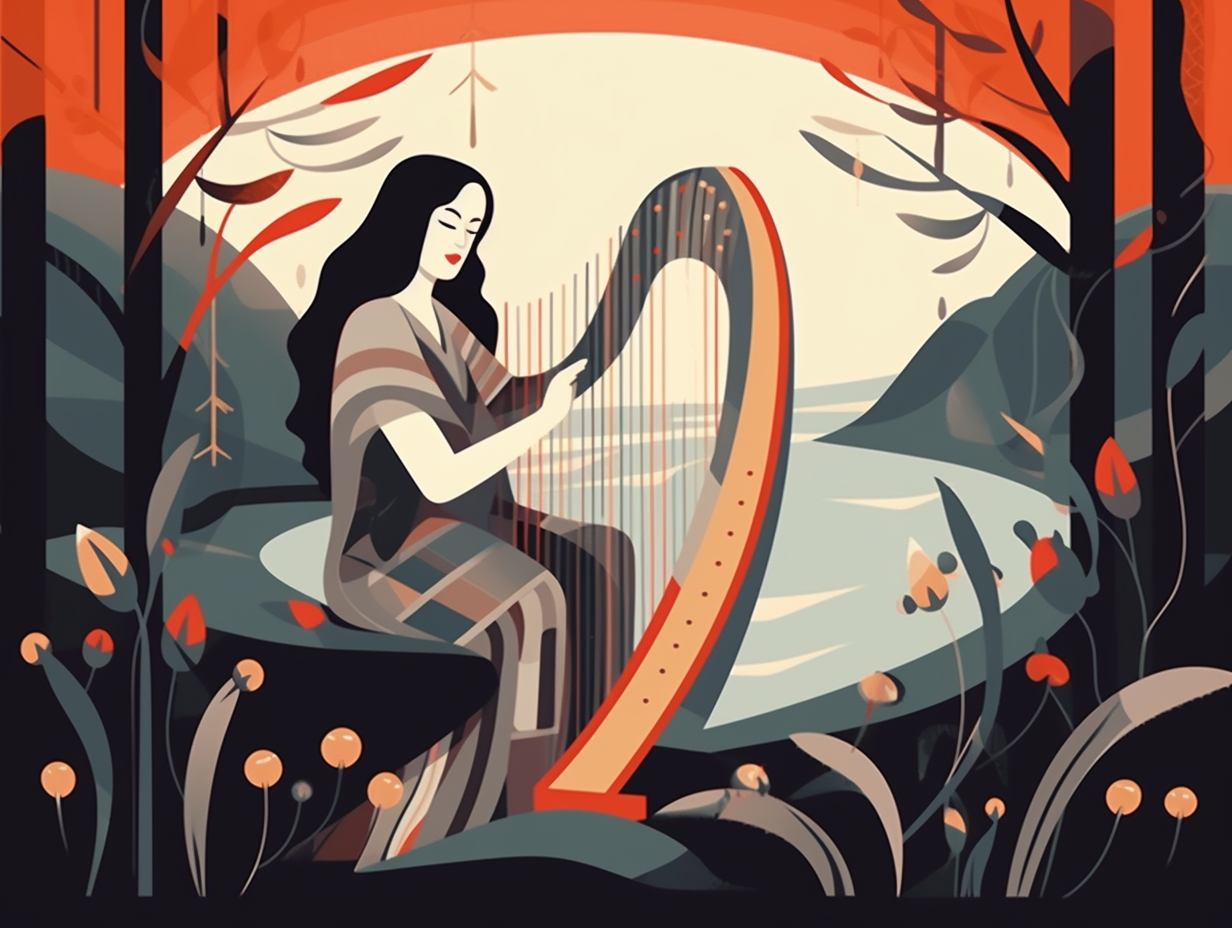
10. Welsh Harp's Unique Chromatic Charm
If "harping on something" means complaining incessantly, the Welsh harp has been "harping on" about its uniqueness for centuries – and for good reason: Boasting three rows of strings, the Welsh harp allowed musicians to play chromatic notes without levers or pedals, which skyrocketed its popularity in the 17th century amongst Welsh Londoners who introduced it to their homeland, Meirionnydd, where it remains an integral part of eisteddfodau – a festival celebrating harpists' mastery of this mystical and complex instrument.
Source => wales.com
11. Harp Strings' Toning Workout
Who knew harps had a tense side? It turns out these majestic stringed angels pack a ton(ne) of pressure in their graceful frames: The modern concert harp's 47 strings endure close to one tonne of tension, requiring expert handling and careful tuning before any performance.
Source => philharmonia.co.uk
12. Tinker Bell's Harp Rival
Step aside, Tinker Bell: there's a new source of delightful tinkling in town! Thanks to the magical marriage of a spruce soundboard and a rock maple soundbox, wire strung harps can produce a bright, bell-like sound that'll have you believing in fairies all over again. Apart from enchanting your ears, the birds-eye maple used in the soundbox adds a touch of dazzling wood grain, further elevating the harp's captivating charm.
Source => mountainglenharps.com
Related Fun Facts





